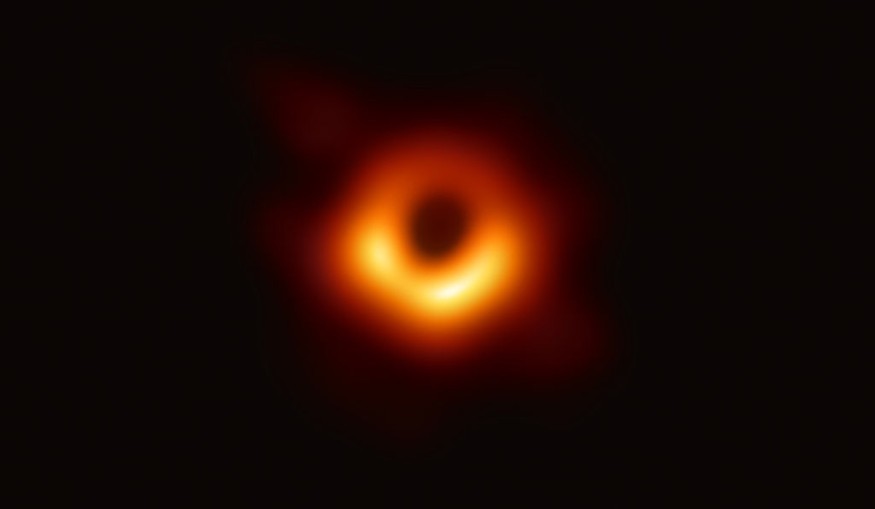There has always been an abundance of breathtaking space photos shared last year, both from extraterrestrial missions and the legendary Earth-orbiting Hubble Space Telescope.
As specified in a Mashable SEA report, the never-ending nature of space is quite incredible to behold. Brilliant nebulae, orbiting planets, massive spiral galaxies, and all things in between provide an inspiring yet mind-bending theory because of the most powerful telescopes and exploratory aircraft.
The most stunning #space #photos of 2021 so far https://t.co/4qVmBkBSMI #Astronomy #photography
— Wellington C Saraiva (@WSarai) August 19, 2021
Here, take a look at five of outer space's beauties. Bear in mind that amid all the expressions of matter and energy swirling, colliding, and expanding throughout the universe, humans are right in the middle of everything.
1. An Immersion on Mars
The Perseverance of NASA captured a panoramic view of the Octavia E. Butler Landing site on the Red Planet, described in a NASA report, offering the viewers earthlings an immersive 360-degree view of its new home on Mars as of February 18.
Essentially, the 28-mile-wide Jezero Crater's sweeping vista, formed by a meteorite impact, allows one to imagine what it is like to be right there for the Mars mission.
Moreover, within Jezero Crater is evidence of an ancient river delta where water used to run on the Martian surface. Perseverance will be gathering data at the site, not to mention preparing soil samples to be picked up and brought back to Earth in a future mission.
2. The Black Eye or Evil Eye Galaxy
The Black Eye or Evil Eye Galaxy, also called the NGC4826, is a spiral galaxy approximately 17 million light-years from Earth.
The gas in the galaxy's inner part rotates in a single direction, while the gas further away from the center rotates in the opposite direction, a strange characteristic for a galaxy.
One theory proposes this since Evil Eye is the result of two galaxies colliding. Essentially, the dark, nearly fluffy-looking gas wrapping its way throughout provides it with a nearly ominous appearance; thus, the name.
3. The Turbulent Atmosphere in Jupiter

The Juno spacecraft of NASA has been circling Jupiter since 2016, gathering all kinds of data to demystify the massive, billowy gas giant and help researchers understand more about the solar system.
In this image captured by Juno and color enhanced by Tanya Oleksuik, a citizen scientist, an impressive vivid collection of circular, swirling storms in the middle of its gaseous bands, circulating south of its well-known red spot.
Space observers described the turbulent atmosphere in Jupiter as "downright mesmerizing." The planet's atmosphere is made up mostly of hydrogen and helium, and it does not have a solid surface like Earth. Therefore, storms are constantly occurring.
4. Perseverance Touching the Martian Surface

2021 was a big year for the Red Planet, in case no one has noticed it yet. This image captured the time just before the Perseverance of NASA touched the surface f Mars where it will live out its days indefinitely.
The rover journeyed with the lander for nearly 300 million miles to Mars, the air entering the atmosphere of Mars at a blistering 1,000 miles per hour, not much more than a parachute for it to slow down.
5. A Black Hole in M87 Galaxy

A black hole lies in the middle of the Messier 87 or M87 Galaxy, some 55 million light-years away. In 2019, a collection of researchers that observed the object that uses an array of telescopes surrounding the globe released the first-image picture of a black hole, depicting the light surrounding its dark center, nearly like a blurry lava donut.
Last year, the scientists got a new polarized image of the black hole created through more data collected by the telescopes, which may appear akin to the original image, although it gives a new understanding of this behemoth.
The new lines in the light's ring exhibit the gravitational field of the said supermassive object, which exhibits how it impacts the material surrounding it.
The new lines seen in the ring of light show the gravitational field of this supermassive object, which in turn shows how it affects the material around it.
Related information about Galaxy M87 is shown on Science Channel's YouTube video below:
RELATED ARTICLE : Mars Reconnaissance Orbiter Captures Clay-Bearing Sediments; Are Wee Seeing Signs of Martian Life?
Check out more news and information on Space in Science Times.












